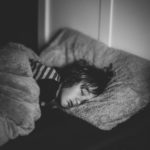
Sleep is important; it contributes to normal brain functioning, physical health and mental wellbeing. Sleep disturbances can be especially problematic for people with long-term physical and mental health conditions, such as people with Autism Spectrum Disorder (ASD), who struggle with deficits in social communication and interaction, as well as restricted, repetitive behaviours and interests (APA, 2013).
Studies have found that disrupted sleep is more common in children with ASD and can worsen symptoms, contributing to cognitive, emotional, and behavioural problems (Taylor et al, 2012; Hirata et al, 2016; Kelmanson, 2018).
Learning more about how sleep problems affect children with ASD would help clinicians, parents, and ASD sufferers be better able to manage them and their side effects. This is why Díaz-Román et al. (2018) conducted a systematic review exploring how sleep is affected in young people with ASD, compared to healthy controls.
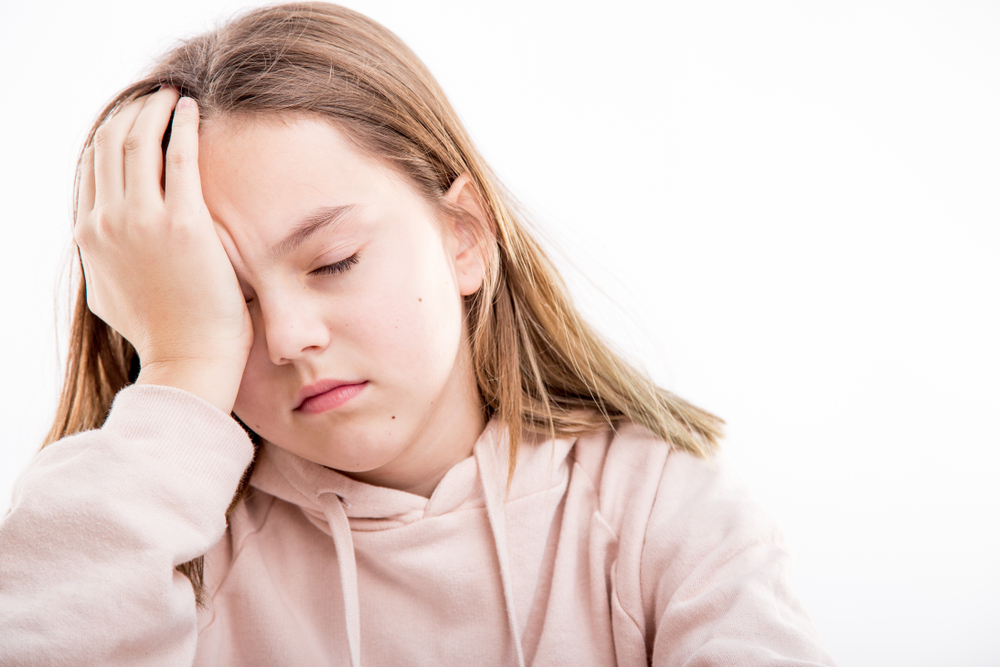
Children with Autism Spectrum Disorder are more likely to struggle with sleep disturbances than their healthy peers.
Methods
The researchers examined existing studies on sleep between children with ASD and healthy controls, including findings from objective and subjective measures of sleep. They screened a wide range of databases and performed a meta-analysis to combine the findings from different studies into one comparable value. When running such an analysis it is important to measure differences and similarities between studies. This is because if studies are too different from one another (i.e. heterogeneity) then researchers need to conduct more stringent statistical analyses.
In this case, due to high levels of heterogeneity, the researchers decided to use a more stringent random effects model to calculate group differences. They also measured for publication bias which is when studies with positive findings are more likely to be published. This is important because the analysis is only as good as the studies it includes. Finally, since ASD is also associated with a range of different conditions and medication that can also influence sleep, researchers conducted follow-up analyses on studies with children who did not have a second diagnosis and were not taking any medication.
Results
For subjective measures (i.e. self- and parent-reports) children with ASD took longer to get to sleep and showed significantly higher levels of bedtime resistance, and sleep anxiety as compared to non ASD controls. During bedtime, children with ASD were more likely to experience sleep disorder breathing, night awakenings and parasomnias, which is a group of unwanted symptoms that can include sleepwalking, sleep tremors and sleep paralysis. However, when assessing parent reports children with ASD did not significantly differ from controls when it comes to sleep quality, sleep efficiency or sleep duration as measured in minutes.
Researchers also conducted a meta-analysis on studies which used methods collecting numerical sleep markers, such as brain waves (polysomnography) and rest/activity cycles (actigraphy). Polysomnography findings suggested that children with ASD take longer to get to sleep and spent more time in stage one sleep. Similarly, children with ASD displayed reduced sleep efficiency and spent less time in Random Eye Movement (REM) stages of sleep. However, no significant group differences were observed during deeper and more restorative stages, such as stage two, slow wave sleep, and REM latency. Rather surprisingly, actigraphy studies did not find as many differences with children with ASD only taking longer to get to sleep and having equally efficient sleep quality as compared to controls. Finally, an analysis was conducted on studies which included children with no additional conditions or medication. Only polysomnography studies included comorbid free and medication naïve participants. Findings from these studies replicated those in the main analysis with the only difference being that children with ASD no longer spent more time in stage one sleep.
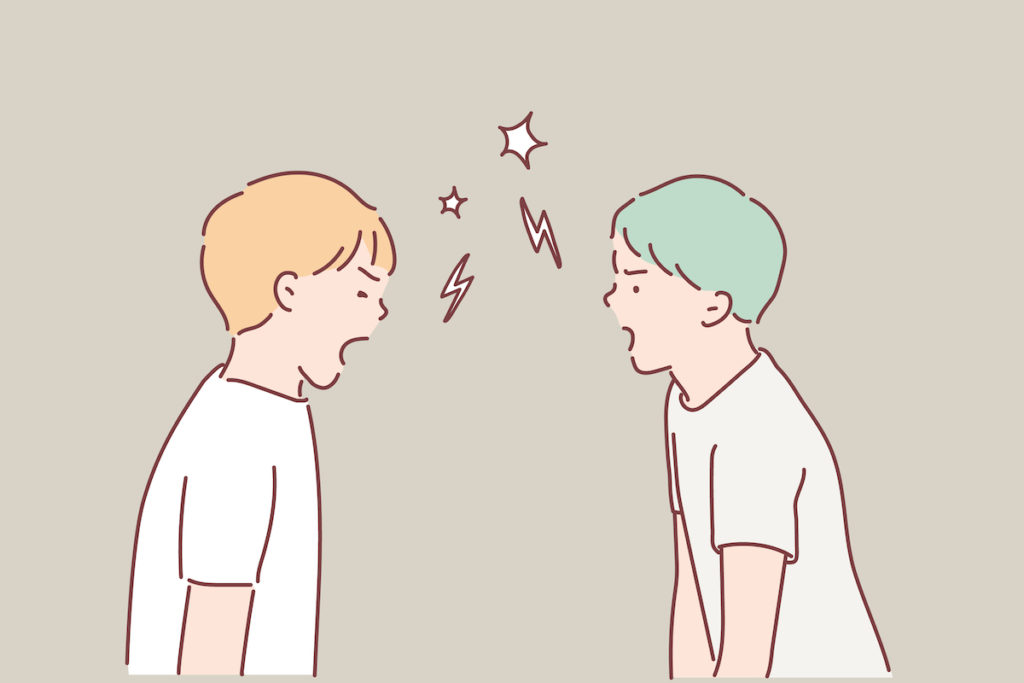
The review found that children with ASD experience greater sleep disturbances, which can have an effect on their emotional and behavioural wellbeing.
Conclusions
These findings highlight that children with ASD have considerable difficulties falling asleep. However, there was less consistency over total sleep time, depending on how it was measured, with more objective polysomnography studies observing reduced sleep time whilst subjective parent reports displayed no such differences. One explanation is methodological differences, with polysomnography being a more reliable measure of full night’s sleep whilst subjective reports only present a snapshot of what is happening when parents are awake. However, even within more objective measures there were differences with less intrusive and complicated measures (i.e. actigraphy) that record sleep within the child’s home, observing no differences in sleep efficiency. It would appear as though more research is required to investigate sleep in a naturalistic environment with a combination of objective and subjective measures. Moreover, it is important that researchers and clinicians consider the influence of medication on sleep especially stage one sleep.
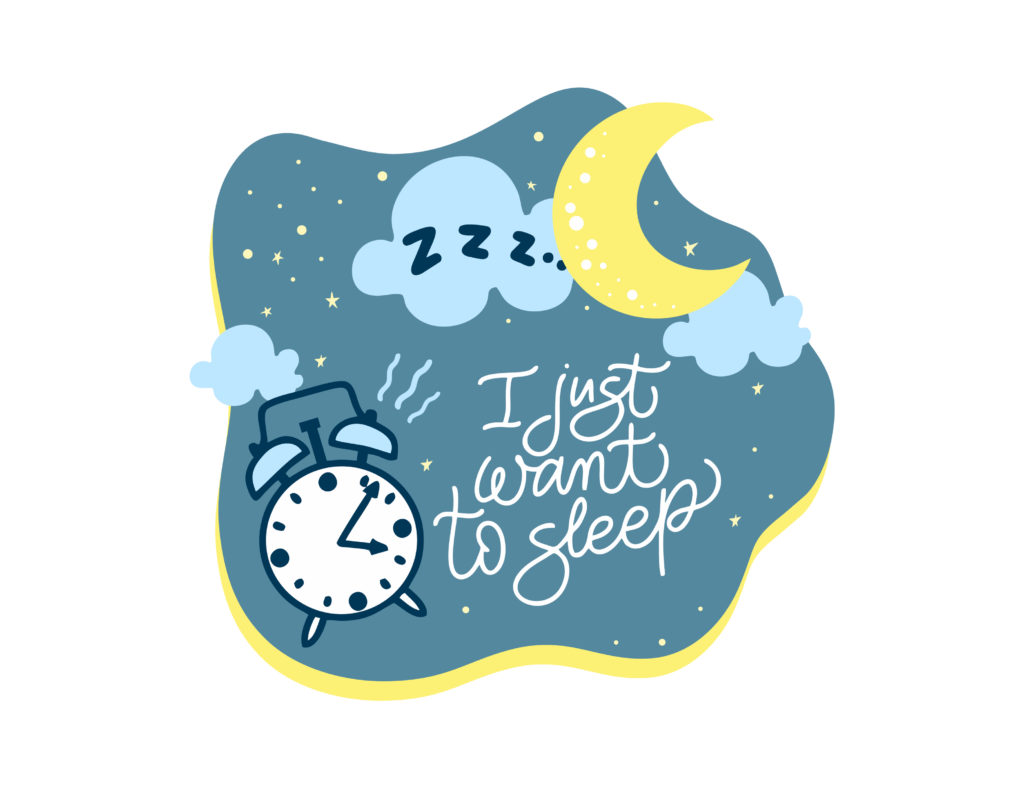
These findings highlight that children with ASD have considerable difficulties falling asleep.
Strengths and limitations
The authors have been consistently clear about the variety and quality of the studies selected in the review – they used a wide search, they were mindful of measuring the quality and validity of the studies, and included both subjective and objective measures of sleep, in order to provide a comprehensive view of the existing literature. However, they acknowledged that the comparison between individual studies was difficult to make due to varying inclusion criteria and methods, such as psychiatric comorbidities and medication use. Their findings also detected studies suffering from publication bias, questioning the overall quality of existing literature, and acknowledging how more transparency in the field can provide a more robust evidence base.
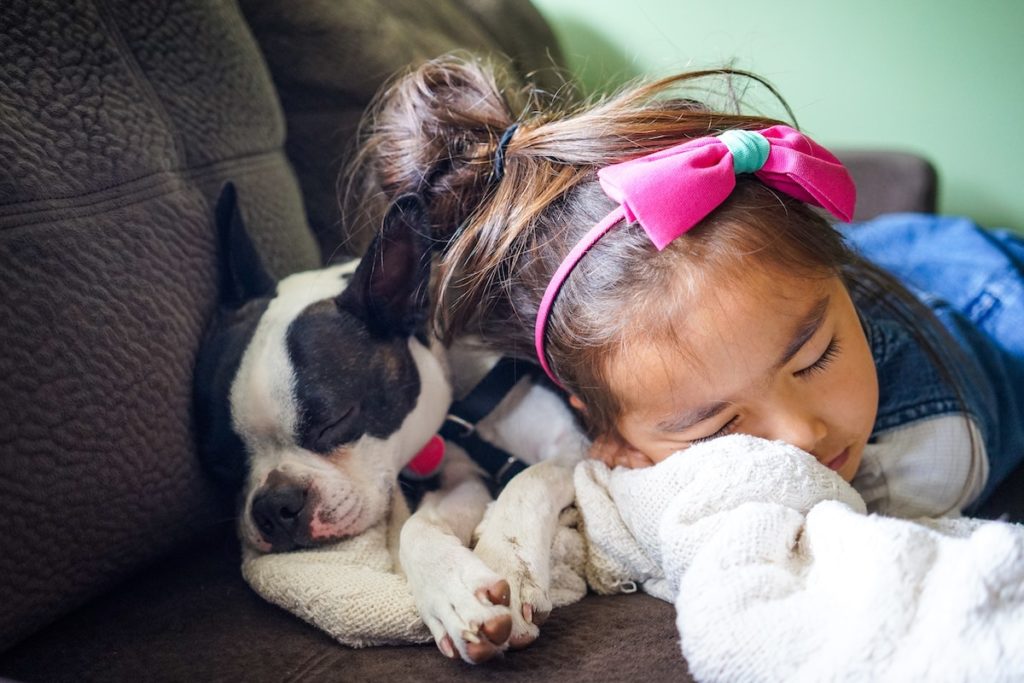
This systematic review was the first to include both subjective and objective information on sleep quality, creating a comprehensive understanding of the difficulties with sleep experienced by children with ASD.
Implications for practice
Despite the presented challenges, the systematic review provides a comprehensive basis of the variety and severity of sleep difficulties experienced by children with ASD, and improves the existing pool of knowledge for clinical practice. It gives a good idea for both objective and subjective factors influencing sleep quality, helping clinicians gain a more thorough understanding of the biological and environmental factors affecting sleep quality and to better support children with ASD and their families. The authors emphasise the benefits of using subjective questionnaire scales in clinical assessments and follow-up to detect sleep problems and to improve understanding of children with ASD’s needs. Further to that, the findings of this review can help professionals be mindful of emotional or behavioural problems as symptoms of sleep disturbances, rather than stand-alone issues, and can aid with early detection and intervention for ASD in children.
Since the review did not exclude studies where participants were using medication, it raises the question to what extent psychopharmacology contributes to the findings. This information could be useful to guide future practice on medication prescription for children with ASD, and, on a wider scale, can encourage research contributions on developing medication treatments reducing sleep problems. The authors also comment on the benefits of transparency when conducting and publishing future research findings in the field. The review demonstrates the need to expand the literature by looking at children with an ASD diagnosis and no comorbidities, and those who do not take medication. Moreover, it highlights the importance of future research contributions in examining the biological and environmental mechanisms contributing to sleep disturbances in children.
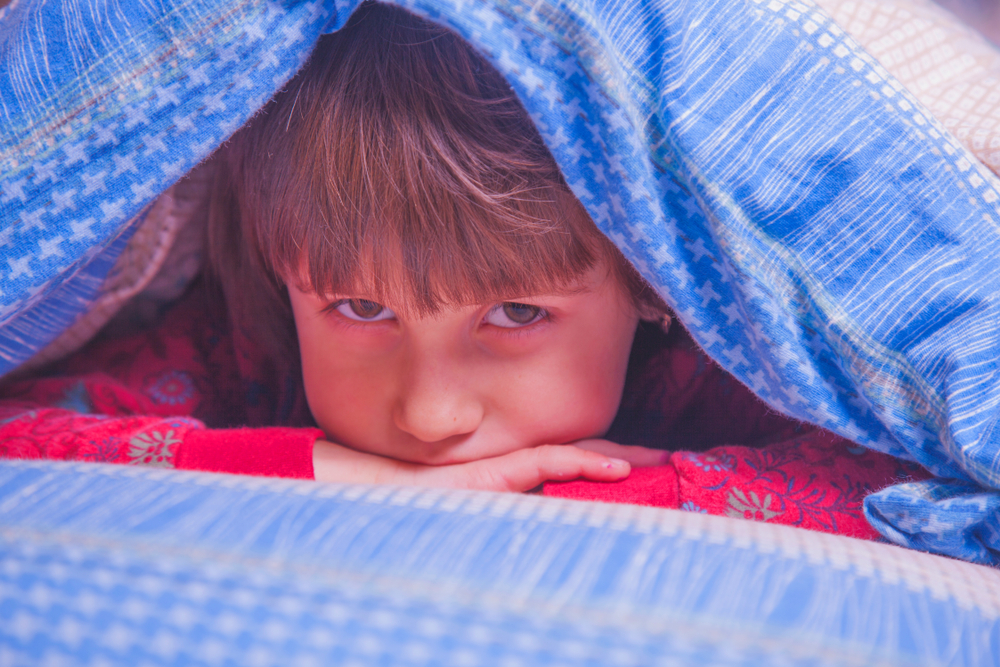
Sleep disturbances can become a useful way of early detection and intervention in managing emotional and behavioural difficulties in children with ASD.
Contributors
Thanks to the UCL Mental Health MSc students who wrote this blog: Emma Petrova, Hassan Mansour (@hassman2012), Freya Westlake, Carmen Winpenny (@Carmen_WT), Georgie Parker (@georgieparker95), Amanda Lim.
Conflicts of interest
None of the authors have any conflict of interest in the publication of this blog.
UCL MSc in Mental Health Studies
This blog has been written by a group of students on the Clinical Mental Health Sciences MSc at University College London. A full list of blogs by UCL MSc students from can be found here, and you can follow the Mental Health Studies MSc team on Twitter.
We regularly publish blogs written by individual students or groups of students studying at universities that subscribe to the National Elf Service. Contact us if you’d like to find out more about how this could work for your university.
Links
Primary paper
Díaz-Román A, Zhang J, Delorme R (2018). Sleep in youth with autism spectrum disorders: systematic review and meta-analysis of subjective and objective studies. Evidence-Based Mental Health, 21, 146-154.
Other references
American Psychiatric Association. (2013). Diagnostic and statistical manual of mental disorders (5th ed.). Arlington, VA: Author.
Taylor MA, Schreck KA, Mulick JA. (2012). Sleep disruption as a correlate to cognitive and adaptive behavior problems in autism spectrum disorders. Res Dev Disabil, 33. 1408–17.
Hirata I, Mohri I, Kato-Nishimura K, et al. (2016). Sleep problems are more frequent and associated with problematic behaviors in preschoolers with autism spectrum disorder. Res Dev Disabil, 49-50. 86–99.
Kelmanson IA. (2018). Sleep disturbances and their associations with emotional/behavioural problems in 5-year-old boys with autism spectrum disorders. Early Child Dev Care, 7. 1–16.
Photo credits
- Photo by Annie Spratt on Unsplash
- Photo by Leo Rivas on Unsplash

Great summary.
As we know with ASD there is aberrant neurodevelopment, especially in younger children. Sleep physiology is complex, and the neuroanatomical understanding more so when you factor in the role of long tract circuits (hypoconnective in ASD) and short tract (hyperconnective.) This level of dysregulation, excluding perceptual abnormalities, is likely enough to explain some of what is observed. What I question, as the authors have, is whether treatment has effected the outcome. Many patients with ASD take medication for associated issues, including antidepressants which are known to disrupt sleep. Could sleep disruption attune for another linked pathology?